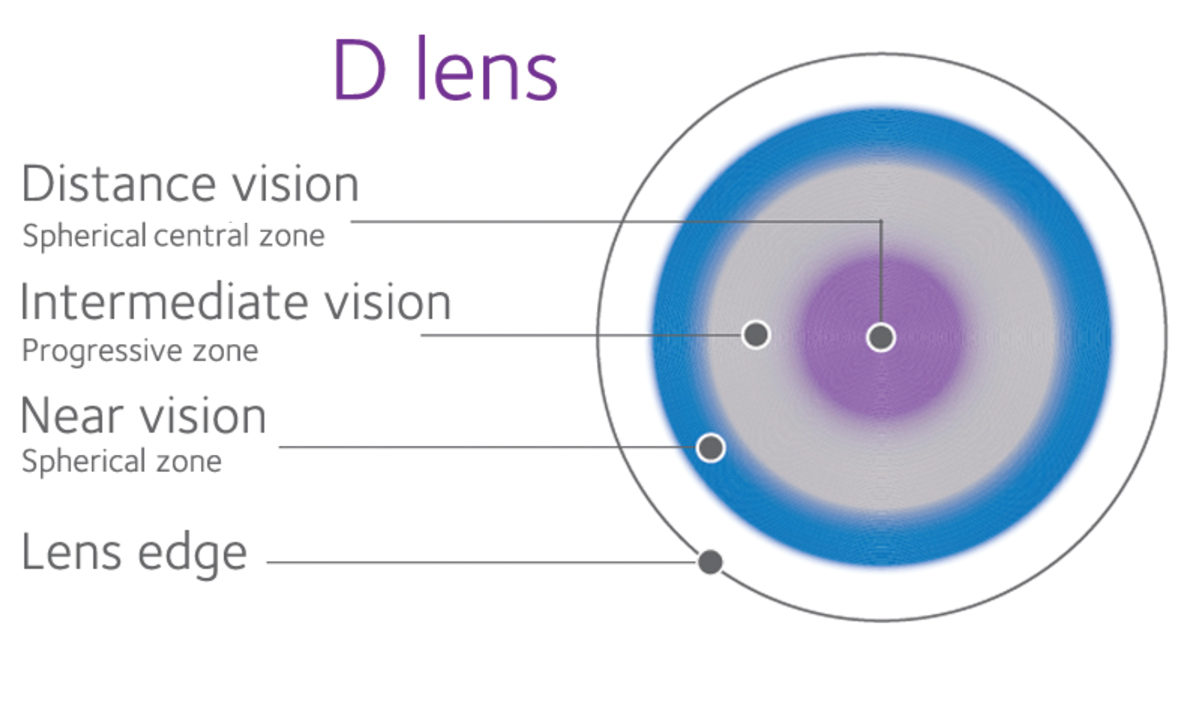 |
|
Once kids are in their late teens, discontinuing myopia mitigations should be safe, this study finds. Photo: CooperVision. Click image to enlarge. |
The Bifocal Lenses in Nearsighted Kids (BLINK) Study, completed in late 2019, was the largest prospective randomized clinical trial to evaluate the efficacy of soft multifocal contact lens design in the management of myopic progression in children. BLINK found that +2.50 add center-distance multifocal contact lenses slowed eye growth and myopia progression compared with single vision contact lenses or +1.50 multifocal lenses.
Yesterday at ARVO 2024 in Seattle, the research team presented the results of BLINK2, in which “the same children all wore the high-add multifocal for two years and then were changed to single vision contact lenses for the last year to determine if eye growth returns to a normal rate or if there is an acceleration of eye growth faster than expected for their age (i.e., rebound),” says lead author of the ARVO paper and one of the principal investigators of the BLINK study David A. Berntsen, OD, PhD, of the University of Houston.
BLINK2 included 248 (59% female) myopic children between the ages of 11 and 17 (mean age: 14.9). Axial length (AL) was measured every six months using optical biometry and spherical equivalent refraction (SER) was measured annually by cycloplegic autorefraction. The team noted that, while there was a statistically significant increase in eye growth and myopia progression after discontinuing multifocal contact lens wear, the increases were small and not clinically meaningful.
“We did not find evidence of a rebound or faster than normal eye growth, at least when you wait until children are older like they were in BLINK2,” Dr. Berntsen explains.
After all participants switched from multifocals to single vision lenses at year two, there was an increase in AL growth of 0.04mm/year that did not depend on the original BLINK treatment assignment. For SER, there was also an increase in myopia progression after switching from multifocals to single vision lenses at year two of -0.16D/year that also did not depend on the original BLINK treatment assignment. There continued to be a difference in AL and SER throughout BLINK2 based on the BLINK Study treatment assignment, with the original +2.50 multifocal group from BLINK having shorter eyes and lower myopia than the +1.50 multifocal contact lens and single lens contact lens groups.
“Knowing that we did not find evidence of a rebound after discontinuing multifocal contact lens wear is helpful because for any myopia control treatment to be beneficial, the effect needs to remain after discontinuing treatment,” Dr. Berntsen says. He explains that while there have been reports of a rebound after discontinuing some myopia treatments such as atropine and orthokeratology, BLINK2 results were consistent with other studies that also found no evidence of faster than normal eye growth after discontinuing myopia control contact lenses. “Our results provide evidence for eyecare providers that if they wait until the late teen years, they should not expect a rebound effect when discontinuing myopia control contact lenses,” he says.
The most surprising result the researchers noted, according to Dr. Berntsen, is described not in yesterday’s ARVO presentation but in a recently published research paper looking at whether defocus explains the high add multifocal treatment effect. “We did not find evidence that retinal defocus does a good job of explaining which children will benefit most from wearing a multifocal contact lens. This means there must be something else caused by the optics of the contact lens that signals to the eye to slow growth when wearing a multifocal,” says Dr. Berntsen. “More work is needed to understand the mechanism behind the treatment effect so we can optimize treatments.”
Original abstract content ©2024 Association for Research in Vision and Ophthalmology.
Berntsen DA, Sinnott L, Orr DJ, et al. Axial growth after discontinuing soft multifocal contact lens wear in the Bifocal Lenses In Nearsighted Kids 2 (BLINK2) Study. ARVO 2024 annual meeting. |


